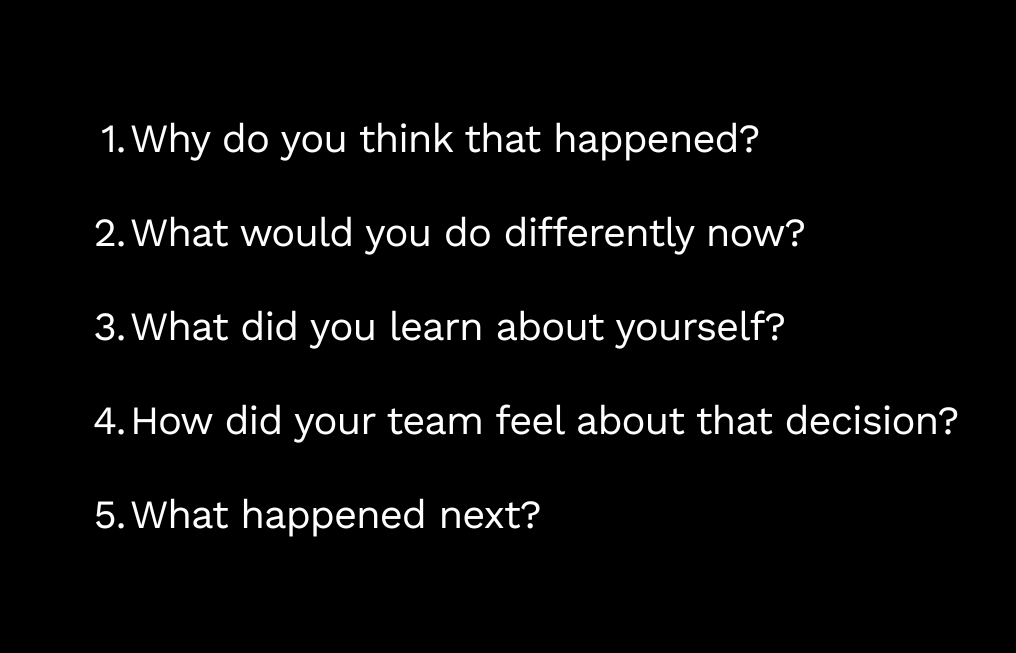The 5 Follow-Up Questions That Make or Break Behavioral Interviews
(Plus three coaching examples and a Chat GPT script to stress test your stories)
Let me say this clearly:
The first question in a leadership interview is rarely the one that matters.
It’s not unimportant. But it’s not decisive.
That question: “Tell me about a time you led through conflict,” or “How do you give feedback?” isn’t the test.
It’s the invitation.
It tells you the topic. Maybe the tone. That’s it.
The real interview happens in the follow-up.
The second, third, fourth questions. The ones that go off-script. That’s where the interviewer stops measuring your story and starts measuring you.
How you think.
What you notice.
What you don’t.
Where your stories hold up, and where they crack.
So today, I want to show you the 5 most common follow-up questions that reveal everything in behavioral interviews.
1. “Why do you think that happened?”
This is the cause analysis question. And it’s where most candidates start slipping.
Let’s say you just told a story about a project that missed a deadline, but eventually recovered.
If your story ends with, “We learned a lot and improved velocity,” and they follow up with:
“Why did the team fall behind in the first place?”
This is your moment to show self-awareness. Not blame.
🚫 Bad answer:
“Product changed the scope last minute.”
⚠️ Okay, but not great:
“There were a few unknowns in the integration phase.”
✅ Better:
“I didn’t push for clearer boundaries up front, and that made it easier for scope creep to slip in. That’s on me.”
What this question really tests:
Your ability to reflect on systems and your own role within them.
2. “What would you do differently now?”
This question sounds mild. But it’s a surgical tool.
It reveals whether your growth mindset is real or rehearsed.
If your answer to “What would you do differently?” is just:
“Communicate more,” or “Set clearer expectations,”
…it sounds like a line from a LinkedIn carousel, not lived experience.
Good interviewers are listening for specific evolution.
Try something like:
“In that situation, I relied too much on async updates. If I were doing it again, I’d schedule short syncs with the cross-functional leads twice a week. 10 minutes max. Just to keep surprises from accumulating. That’s something I’ve already started doing.”
What this question really tests:
Have you actually grown from this story, or are you just hoping it sounds like you have?
3. “What did you learn about yourself?”
Keep reading with a 7-day free trial
Subscribe to The Conscious Leader to keep reading this post and get 7 days of free access to the full post archives.




